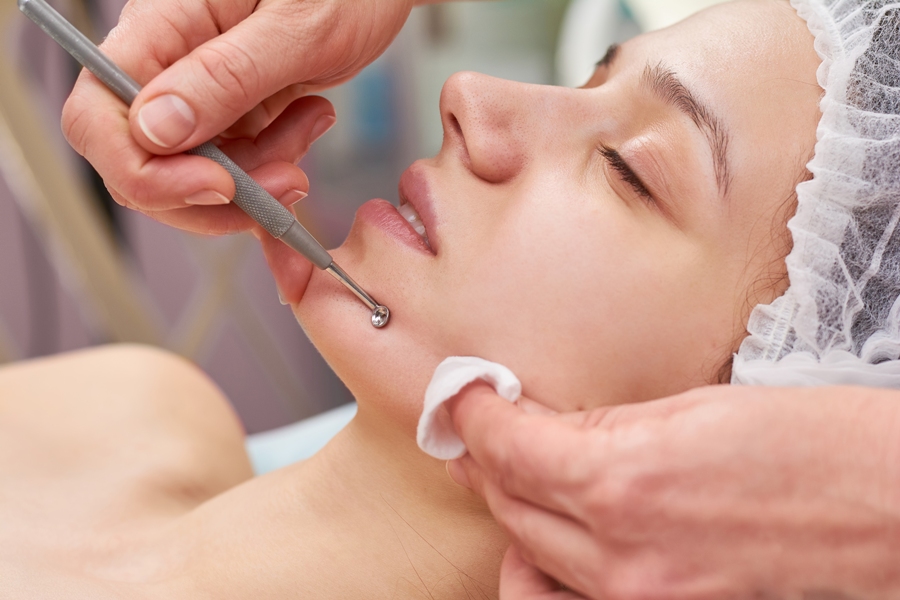7 Options For Removing Blackheads

Blackheads are the result of pores clogged by dead skin cells, sebum, oil, and bacteria that have been exposed to air and have subsequently oxidized and darkened. Those spots can be unattractive and feel rough to the touch, ruining flawless skin and preventing foundation from forming a smooth, even layer. There are several ways to remove blackheads, and we detail the most common options below:

